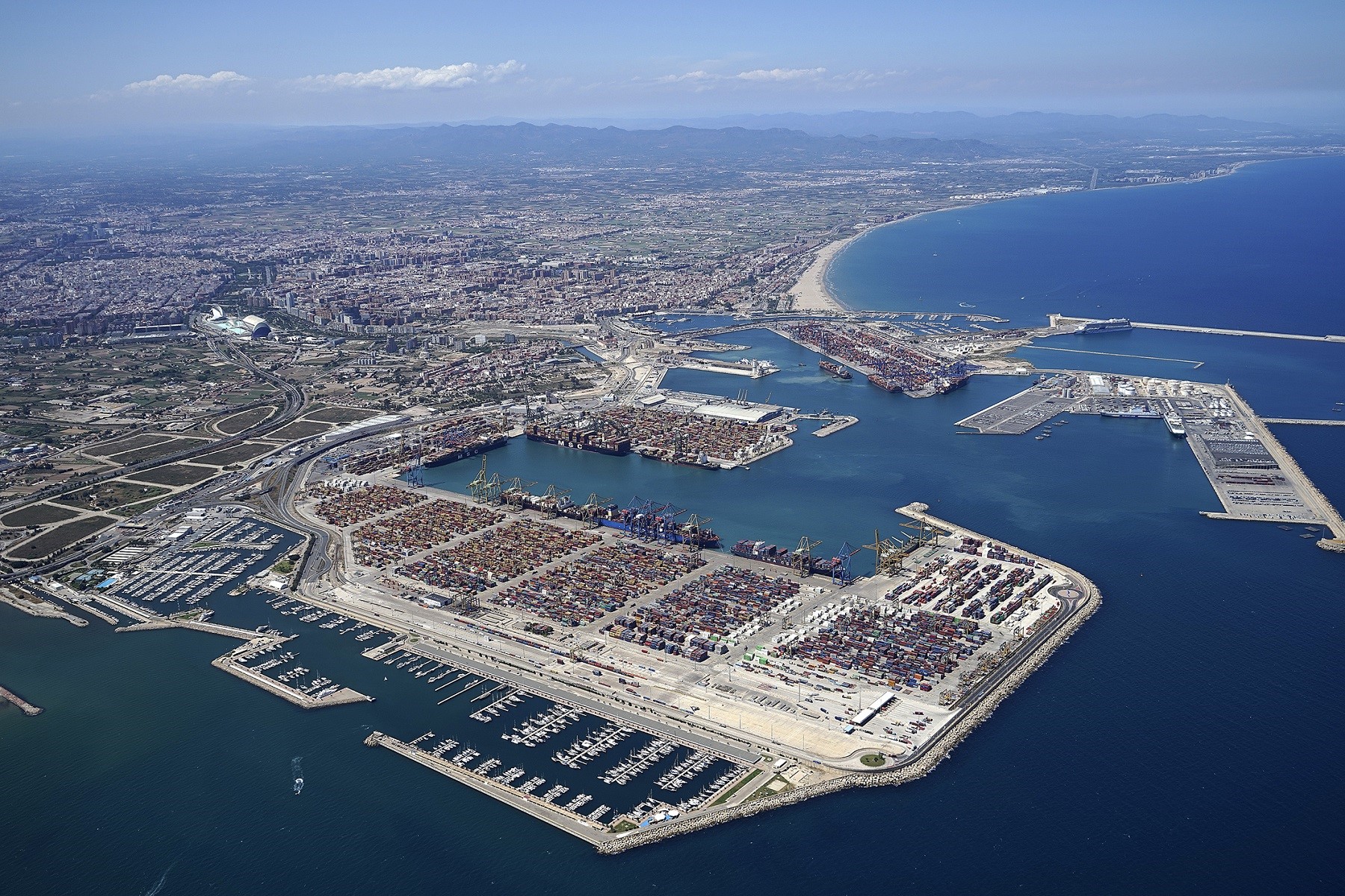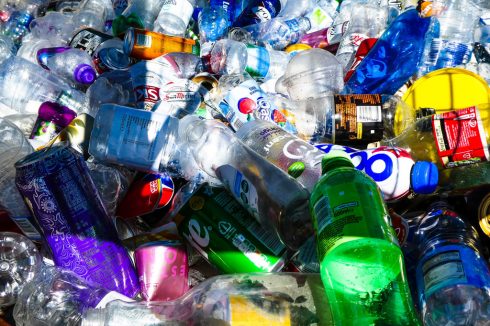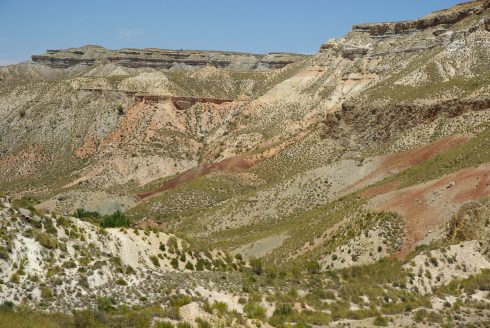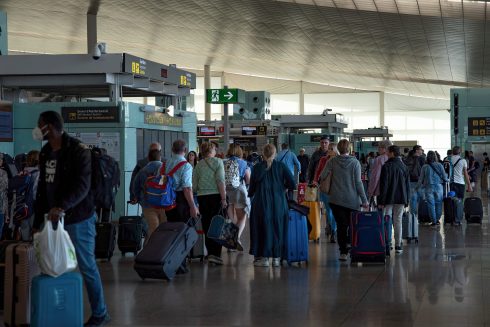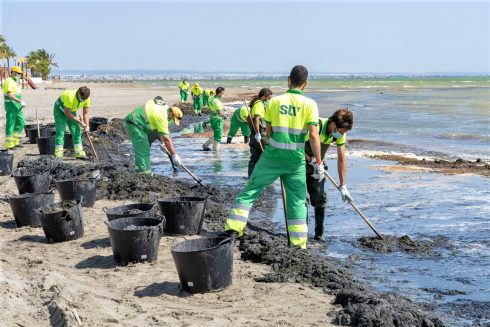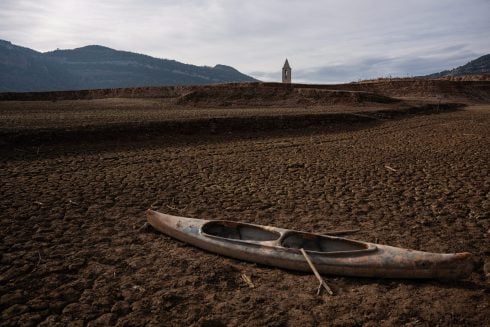SATELLITE images have been analysed to show that three beaches in the port area of Valencia lost 70% of their sand over three decades.
The University of Valencia study published in the ‘Urban Science’ magazine shows the beaches at Pinedo, El Saler and La Garrofera went from having 170 hectares of sand in the 90s down to just 43 in 2022.
Analysis showed a ‘direct relationship’ between the expansion of the Port of Valencia with the creation of a Royal Navy basis and preparations for the America’s Cup yacht race and the reduction of beach surface areas.
Due to the dynamics of north-south sea in this section of the Mediterranean, beaches to the north of large infrastructures grow but those to the south lose sand.

Satellite images used to work out the volume of sand in deserts has been used for the first time to measure sand on beaches and confirms that the greatest reduction was after the expansion of the Port of Valencia between 2010 and 2012, and that restoration work last year has increased the sand surface to 112 hectares.
The research team said: “This new application of technology to examine coastal areas opens up new avenues”.
The study area includes around eight kilometres from the mouth of the Turia River, south of the Port of Valencia through to the Gola de Pujol.
Images from the Landsat-5, Landsat-8 and Sentinel-2 satellites confirm that maintenance and improvement work between 2004 and 2010 under the ‘LIFE’ projects ‘managed to artificially maintain the three beaches, until the new expansion of the Port subverted all the efforts,” according to Professor Juan M. Soria.
Researchers used 11 images covering 1984-2013; eight between 2013-2015; and 15 images from 2015 to last year.
The volume of sand was obtained by calculating the number of pixels that the sand occupied in each image, according to the spatial resolution of each satellite.
Aerial imagery showed that from 2013 to 2022, as a result of the effects of port expansion and the reduction of sand restoration work, there was drop of around 90 hectares of sand.
For example between July 2013 and July 2014, according to the Landsat 8 satellite, sandy areas were reduced from 54.63 hectares to 37.26 hectares on Pinedo beach; from 37.08 to 23.04 in El Saler; and from 47.61 hectares to 31.23 hectares in La Garrofera.
On a more positive note, restoration work with sand being brought in at the end of 2023, saw surface areas go up from 22.91 hectares to 42.49 hectares in Pinedo between September 7 and November 6; from 9.30 to 38.64 in El Saler, and from 11.73 to 31.77 in La Garrofera.
The images also show that, at the southern end of the restored area, in the Gola de Pujol, the construction of the northern dike has greatly helped to keep sand on the beaches.
READ MORE:
- ‘Vanished’ Costa Blanca sandy beach to be restored in multi-million euro project in Spain
- SAVE OUR COAST: Spanish ministry announces urgent project to regenerate the shoreline off Valencia’s Cullera
- Popular Benidorm area beach is losing sand on Spain’s Costa Blanca

